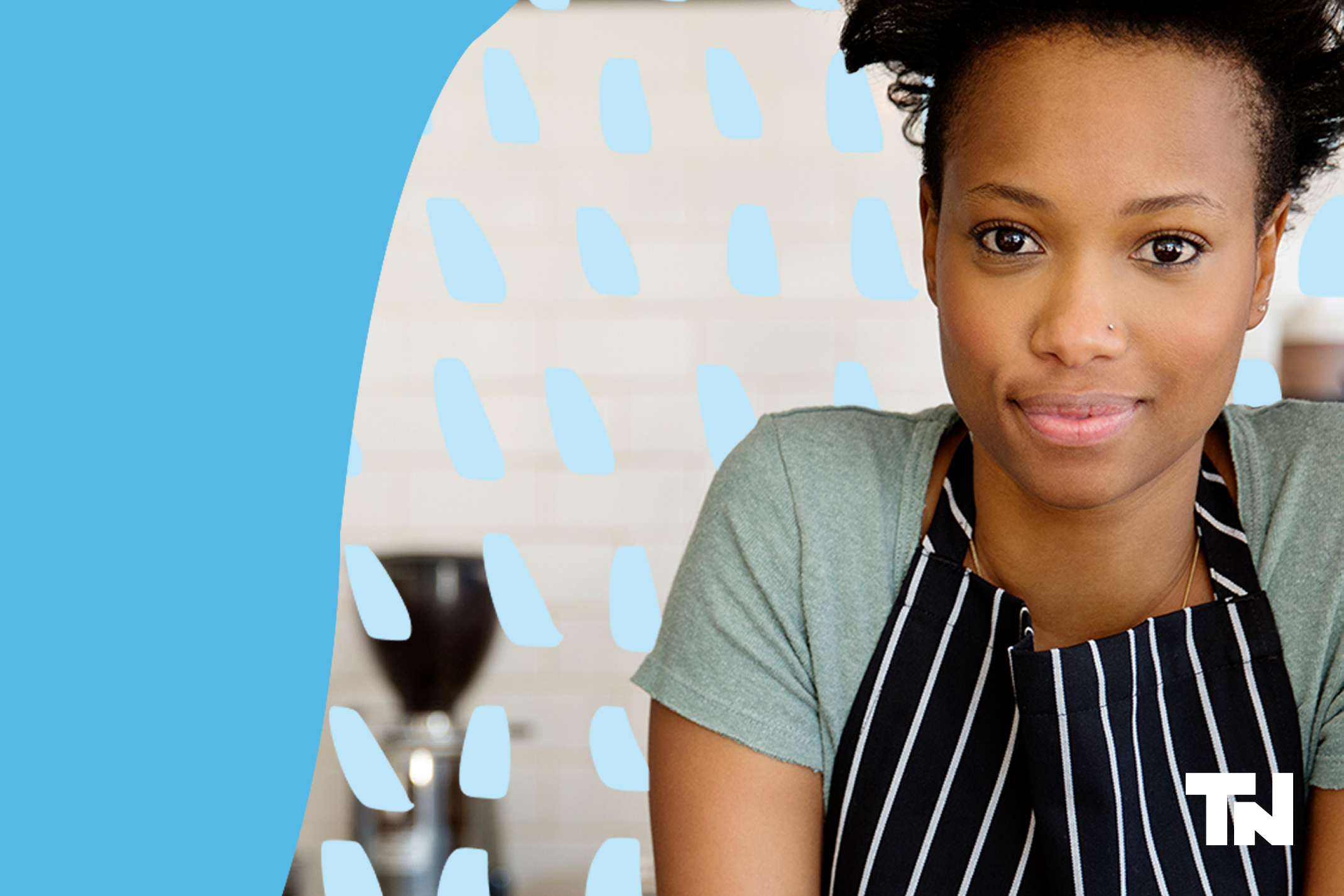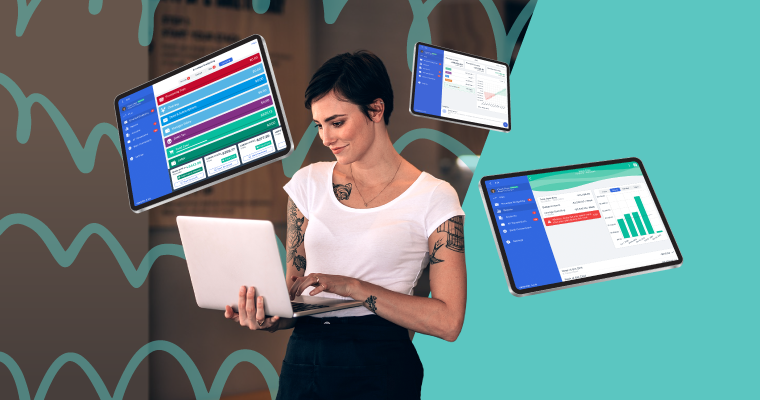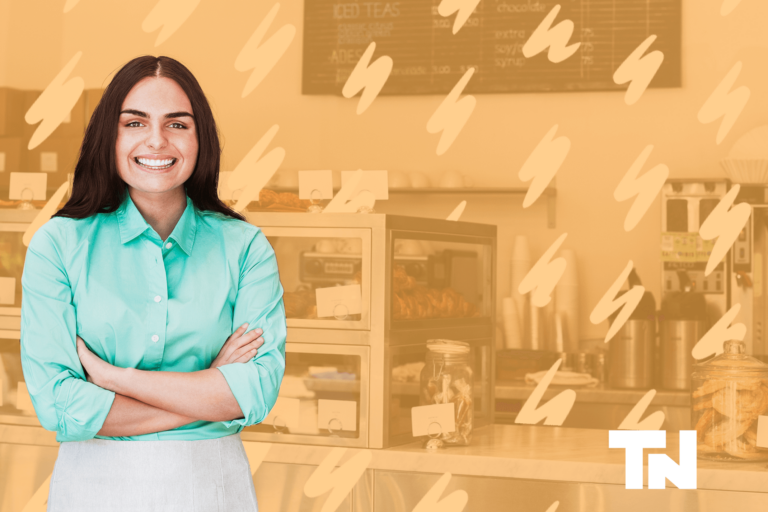Do you know the #1 concept that will determine if your restaurant thrives or dies?
A lot goes into running a restaurant but if your goal is to have a successful, thriving restaurant business, you need to keep one important number in mind at all times: Contribution Margin
You’re not alone if you don’t know what your restaurant’s contribution number is or even what a contribution margin number is at all. I talk with new restaurant owners and managers of locally-owned quick-service restaurants all the time who are still figuring out how to manage it all.
The thing to know is that contribution margin influences every aspect of your restaurant: from menu pricing to managing labor costs to ordering paper goods. Once you understand contribution margin, you’ll have a much stronger grasp on how to grow a truly successful restaurant business.
What is the contribution margin?
Contribution margin is just a fancy word for the percentage of every dollar you make that goes toward paying expenses in your business that is NOT labor and variable costs. First, to get your contribution margin, you also need to determine your prime cost.
What is the prime cost?
Prime cost is used to represent food costs + labor costs. If your food cost is 30% of the money you’re taking in, and your labor cost is 35% of the money you’re taking in, then your prime cost is 65%. In this scenario, the contribution margin would be 35%.
How to calculate contribution margin
Here is a simple breakdown of how to calculate your prime cost and your contribution margin.
First, determine your prime cost. (Refresher: a prime cost is the total direct costs of producing your product and includes the food/ingredients to make your menu items and labor.)
$3,000 [Food Costs] + $3,500 [Labor Costs] = $6,500 [Prime Cost]
Next, determine your contribution margin. (Refresher: a contribution margin is your fixed costs of everything that supports your business, like rent, salaries, loan payments, POS services, etc.)
$10,000 [Gross Revenue] – $6,500 [Prime Costs] = $3,500 [Contribution Margin]
Using this example, you need to make at least $3,500 to cover your fixed expenses. Looking at it on a more granular level, you know that 35% of every dollar, or 35 cents, needs to go towards those fixed expenses.
Once you know your monthly contribution margin, break it down to set daily and weekly financial goals.
How to use contribution margin to manage your restaurant
“How do you eat an elephant? One bite at a time.”
It’s an old saying but one that rings true when running a restaurant business. Too often I see restaurant owners who look at their books and realize they’re not making nearly enough to cover their expenses… but it’s too late. By the time your profit and loss statement comes back from your accountant, the game has already been played and you either won or you lost.
Contribution margin is a touch point along the way to keep you in the know and in the game. It indicates if you’re making enough to pay rent, to pay salaries, and to cover your essential expenses.
Taking note of these numbers daily is powerful.
Back in college, I was a server for a big chain and my manager would have to scan his little card at the point of sale every hour on the hour and check the prime cost, which is of course just the reverse of the contribution margin. And if that prime cost got to a certain percentage, he would need to cut staff. That was just part of the training that they gave you in that corporate environment for a chain with something like 2000+ stores.
Most mom-and-pop restaurants and even small franchises aren’t able to keep tabs on contribution margin on an hourly basis but you can manage it daily. If you’re not sure how to set up your POS or accounting software to do this, talk with someone today. It makes all the difference in the world when it comes to running and growing a successful restaurant business.
If your restaurant is ready for a POS that can provide robust reporting along with super easy and efficient payment processing, menu management, online ordering, KDS, and more, get in touch with Table Needs today. Our software is specifically designed to help local, independent quick-service restaurants and our team is here to answer your questions, always.
Ready to learn more about Table Needs?
Our experts can’t wait to answer your questions, walk you through a demo, and hear all about your restaurant.
Follow us for tips, news, and tutorials to run a successful small restaurant.






